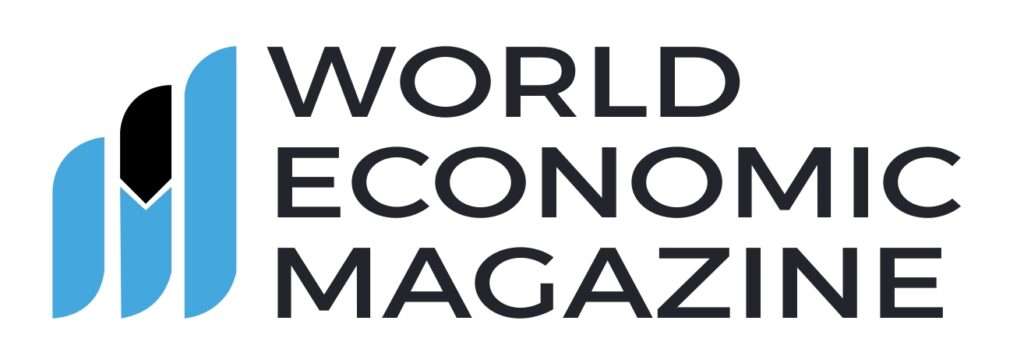
Oil Prices Drop Ahead of Fed Meeting Amid Weaker Demand
On Tuesday, the oil prices declined because of renewed concerns over demand, on the back of weak data from China, the world’s second-largest oil consumer. They also took a cautious bet ahead of the U.S. Federal Reserve‘s announcement on interest rates, in which a cut may positively impact global economic growth as well as fuel demand.
Brent crude futures decreased 32% to $73.59 per barrel by 9:49 GMT, while the U.S. West Texas Intermediate crude fell 44% to $70.27 per barrel. Weaker Chinese economic indicators, plus uncertainty over the Fed’s monetary policy path, kept market sentiment subdued, lowering expectations for a strong recovery in oil demand.
Oil prices fall
It is seen that the crude prices fell Tuesday as pressure came in the form of profit-taking from a week that saw an advance of 6%, as well as poor Chinese economic data. “Prices were weighed on by profit-taking,” according to IG market analyst Tony Sycamore. Crude dropped back from multi-week highs on Monday, as surprise weakness in Chinese consumer spending overshadowed stronger figures in industrial production. Investors remained cautious as the U.S. Federal Reserve was to decide on its interest rate, which may have implications for economic growth and boost fuel demand. This mix of factors kept the oil markets under pressure.
Anticipation over Fed’s rate cut
The U.S. Federal Reserve is going to hold its final policy meeting of the year on Tuesday and Wednesday. At the meeting, the Federal Reserve is expected to reduce interest rates by 0.25% or 25 basis points. This is done at a time when the central officials are assessing the overall outlook of the economy and contemplating the course for the coming years.
The meeting will give deeper insights into how much more is going to be cut through the policy in 2025 and 2026. Moreover, there’s also speculation about whether the Fed would go soft on monetary policy easing, especially with apprehensions of inflationary pressures going forward. These apprehensions are linked to fiscal policies and economic policies that will come under the new regime of the Trump administration, which might make the Fed consider its policy in a repositioned manner.
Uncertain growth in the oil market
Anh Pham, an analyst of LSEG, has stated that a 25 basis point or 0.25% rate cut is already entered into the market, meaning that any unexpected Fed move would alter the dynamics in the market. Generally, a lower interest rate fuels growth, and growth might eventually be reflected in increased demand for oil.
The non-OPEC producers, like the United States and Brazil, will likely put pressure on the oil market in 2025, while demand will likely be softer, especially in China. It is likely that such an imbalance could lead to the impact on oil prices and stability of the market for the year ahead.
Oil market impacted by sanctions
It is seen that the International Energy Agency, in its monthly report, revealed that though OPEC+ was able to hold on to its production cuts, supply surplus would hit 950,000 barrels per day in 2025, which would amount to about 1% of the world’s supply. The overhang would impact the market dynamics with the possibility of downward pressure on oil prices as supply would surpass demand in the next year.
Also, the European Commission launched its 15th package of sanctions against Russia, which involves new steps including stricter action against Chinese entities as well as tightened measures for vessels that support Moscow’s shadow fleet. A fleet mostly uninsured and operating unregulated by traditional providers in the West, vessels under such categories have undermined efforts from across the international community to effectively limit Russian economic activities amidst the Ukraine conflict.
West inspecting Russian fleet
A coalition of Western nations is going to begin to audit Russia’s shadow fleet’s insurance records at strategic points along such thoroughfares as the English Channel, Danish straits, Gulf of Finland, and the sound between Sweden and Denmark.
And because much of Russia’s maritime traffic does not depend on West European services, this would only marginally increase pressures that are already running strong through the system of western and eastern sanctions. These sanctions are unlikely to impact most shipments, according to LSEG’s Pham. It is a signal that measures are being intensified but will not have the full effect as the world is constantly changing in maritime logistics around the globe.
Winding up
At last we can conclude that the oil prices are under pressure because of the weak sets of demand signals, primarily from China. The upcoming rate cut by the Federal Reserve is uncertain. Also, sanctions on Russia’s shadow fleet have led to rising concerns over the global oil market.






